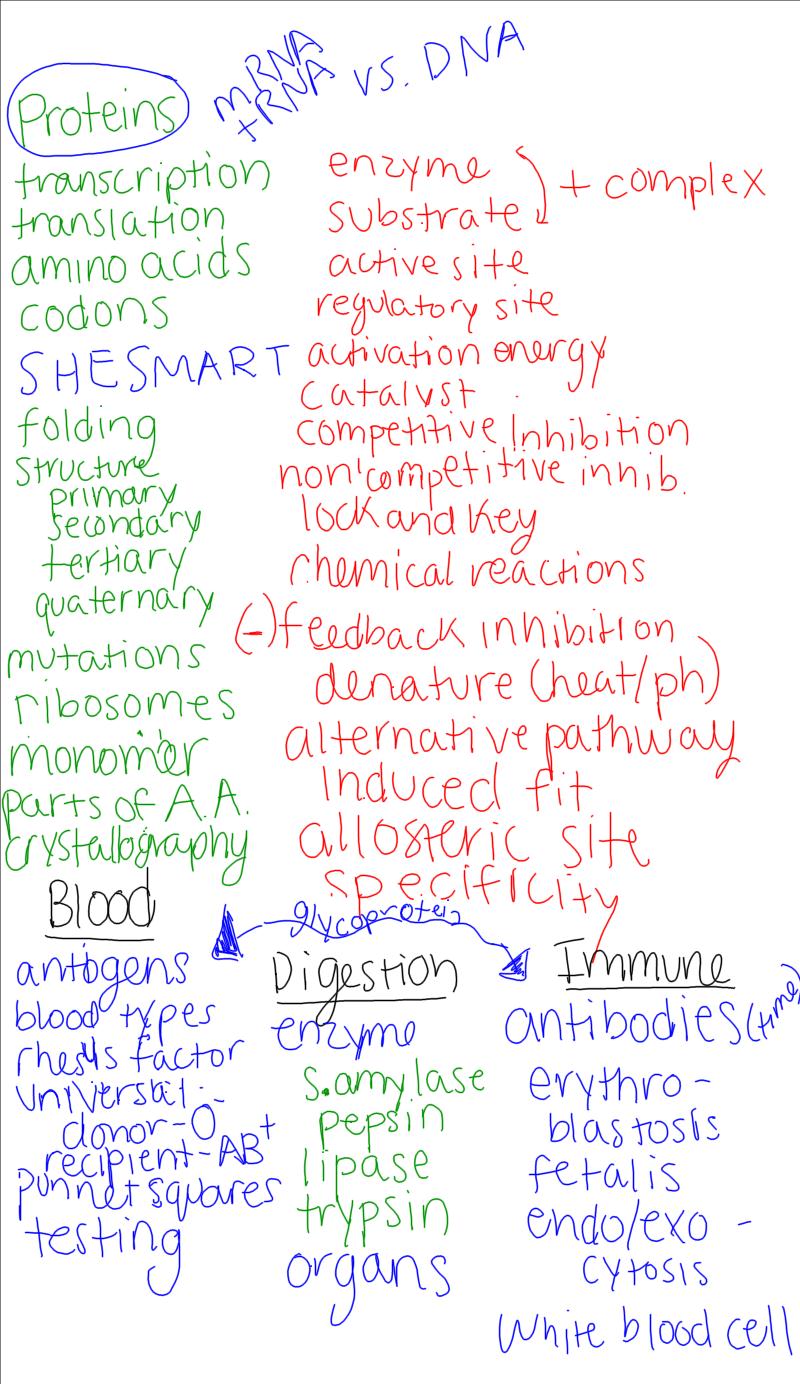Go to my wiki site on cladistics and complete the links under the ‘details’ and ‘lesson’ sections.
http://www.docfleetwood.net/wiki/tiki-index.php?page=Cladistics
Due: Monday, 10/15/12

Go to my wiki site on cladistics and complete the links under the ‘details’ and ‘lesson’ sections.
http://www.docfleetwood.net/wiki/tiki-index.php?page=Cladistics
Due: Monday, 10/15/12
Visit this site and zoom in and out to explore the scale of the universe – very cool 😎
Note that you can click on each item to get more information.
Research what, if any, success scientists have had with stem cells in actually treating a human or animal health condition. Using our CollaborizeClassroom site, post a summary of one success story. Be sure to state whether the scientists used embryonic or adult stem cells in the treatment. No two students can post the same story so first come, first served. Be sure to cite your source.
Due: Monday 10/1/12, 11:59:59 pm
I will not be in class on Monday, 9/17/12. Students who have biology that day should read, in class, the preface and chapter 3 in their ‘Inside the Cell’ book. If you have not received your books in the mail yet, I have a classroom set that can be used during class only. You can not take them with you.
My D-period biology class will do the above on Tuesday when we meet. (I’ll be back in class for that)
All biology sections should also go to our Collaborize Classroom site and participate in the Stem Cell Debate question. You must post your position and at least two responses by Friday, 9/21/12, 11:59:59pm.
Go to our Collaborize Classroom site and complete the two starter topics, Step 1 and Step 2. Be sure to write your own post and respond to others as noted in the directions.
Due: Friday, 9/7/12 by 11:59:59pm ET
Welcome to biology! We have a lot of very cool things to learn and do this year, so let’s get this party started. 😎
Due: Friday, 8/31/2012
You will have a test on proteins on Monday, 5/7/12. The test will include everything we covered related to proteins, such as: structure, function, transcription/translation, protein folding, peptide bonds, RNA vs. DNA, enzymes, inhibition, digestion, immune system, blood types, The Structures of Life book, etc…
You will be provided with a codon table to determine amino acid sequences.
Here is a picture of a list of terms generated by my G-period class. It may not be all-inclusive but should help.

Log into the molecular workbench software and complete assignment #10: Diffusion, Osmosis and Active Transport. Be sure to click the links in the green boxes on some pages to complete all the sections and create a full report. Don’t just keep hitting the ‘next’ button at the bottom of the page or you won’t see everything and won’t get full credit.
Due: Friday, 4/27/12
On May 1st, biology students will take the ‘End of Course’ biology DCAS assessment. Here are some links to help you get ready for that test.
Your final proposal for junior research is due in class on Tuesday, April 17. Remember, you must address all parts of the project as described in the final proposal handout given to you in class.